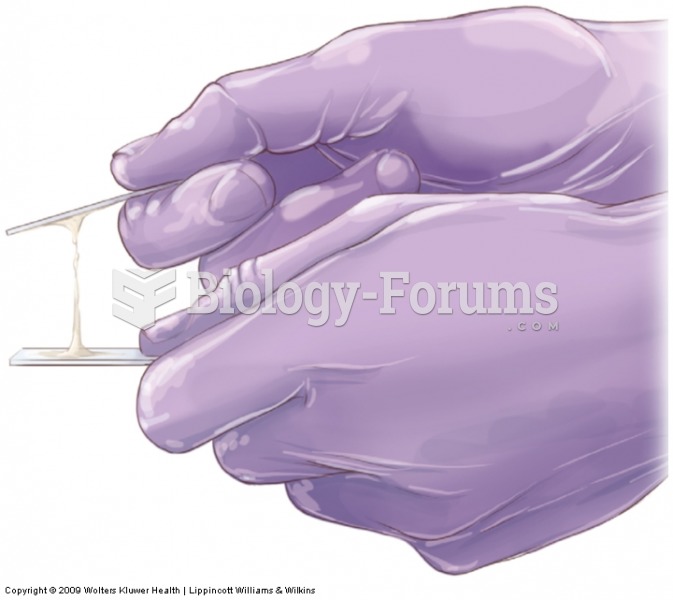Answer to Question 1
B
Answer to Question 2
Based on Piaget's viewpoint, one might argue that children are intrinsically motivated to learn. The teacher's job is simply to serve as a catalyst and resource by providing opportunities for experiences that are moderately discrepant from what the child already knows and understands. True understanding does not come from being told about the nature of reality but from discovering it from concrete experiences with real materials and situations, not abstract hypothetical ones. Discovery-based learning is the way to go. Based on this viewpoint, classrooms should provide self-paced activities and little lecture and memorization, and the teacher should take a back seat during the elementary years. Vygotsky, however, placed less emphasis on discovery-based, self-initiated learning, and argued that adults play an important collaborative role. That role may involve providing suggestions, instructions, or encouragement. Research by Freud supports the Vygotskian notion that adult feedback can foster more successful problem-solving. According to this view, the teacher should play an active role by offering guidance and assistance with tasks that are a bit too difficult for the child to master on his own. This is where true discoveries and growth occur, not through working alone with minimal adult input and guidance. Possible personal recommendation that draws on both theorists: a position between these two extremes is warranted. Obviously, children can benefit from guidance, but just being shown or told how to do something is not the same as doing it yourself, making errors, and self-correcting. Perhaps what we need to aim for in our classrooms is to set up challenging problems for children, to give them a chance to work out their own plan of attack and solutions, but to be available to give suggestions and hints and point out alternative strategies, such as, Have you thought about trying...? If a child is to engage in task-facilitating private speech, the child must be able to verbalize the steps to himself. Sometimes those verbalizations might need to be suggested by an adult. It is possible that adults may also play an important role in putting self-discovered principles into words or to explain how a discovery relates to some other phenomenon.







